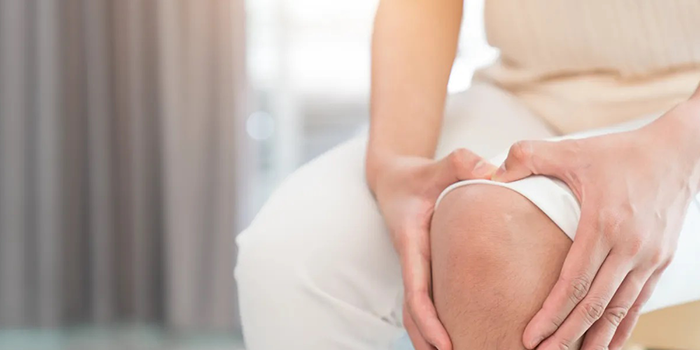Osteomalacia
Need Help? Call Here
+971 55 213 1126

Osteomalacia
What is osteomalacia?
Osteomalacia is the name of a condition where bones become soft and weak. This means they can bend and break more easily than normal.
The most common cause is not having enough vitamin D.
Rickets is the name of a similar condition that affects children.
What are the symptoms of osteomalacia?
Often in the early stages there aren’t any symptoms.
However, as the condition progresses, osteomalacia can cause:
- pain felt in the bones and joints.
- muscle pain and weakness, particularly following exercise.
- bones that break more easily, particularly those in the hips, lower back and feet.
- difficulty walking and a change in how you walk – possibly with a waddle
- muscle cramps
- pins and needles in the hands and feet because of low calcium levels.
Bone pain is felt most often in the legs, groin, upper thighs and knees. It’s sometimes felt in the feet when you stand, walk or run.
Sitting or lying down to rest often eases the pain. Sometimes a slight knock on a bone such as the shin will feel very painful. As the condition gets worse, pain can be felt all over the body and simple movements can hurt.
Muscles may become weak or feel stiff. The weakness tends to affect muscles in the thighs, shoulders and main part of the body – the trunk. This can make it difficult to climb stairs, get up from a chair without using the arms for support and, in very severe cases, get out of bed.
Partial fractures linked with osteomalacia are called Looser’s zones (see diagram below) which can be very painful and make walking difficult. Occasionally, these cracks can lead to full breaks, known as complete fractures.
Getting enough vitamin D
The body makes its own vitamin D when bare skin is exposed to sunlight.
From April to the end of September, most people living in the UK will be able to get the vitamin D they need from sunlight.
People with white skin will usually need 10 to 15 minutes of midday sunshine, two to three times a week. This means sunshine on bare skin, such as the arms, legs and face – without sun cream or clothes on those parts of the body.
People with darker skin may need a bit more time in the sunshine.
While it is very important for bone health to get sunshine like this, you need to be careful not to get sunburned. If your skin is feeling hot or going red you will need to cover up or go into the shade.
Vitamin D is present in small amount in some foods, such as:
- oily fish
- red meat
- egg yolk
- fortified breakfast cereals
- fortified butters and spreads.
Calcium and bone health
Calcium is needed to make bones strong and a lack of calcium can cause osteomalacia. Because it’s fairly easy for most people to get enough calcium from their diet, a lack of calcium is not a common sole cause of osteomalacia. But it’s still worth knowing which foods are high in this important nutrient.
Good sources of calcium include:
- milk, cheese and other dairy products
- green leafy vegetables, like broccoli, cabbage and okra, but not spinach
- soya beans
- tofu
- soya drinks added with calcium
- nuts
- bread and anything made with fortified flour
- fish where you eat the bones – such as sardines.
